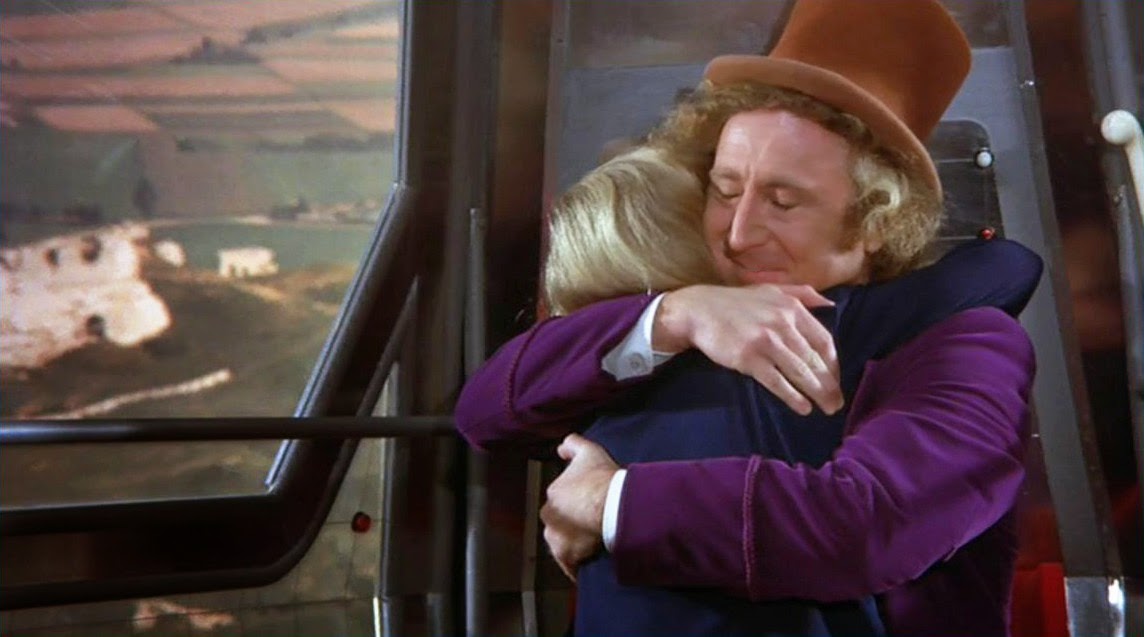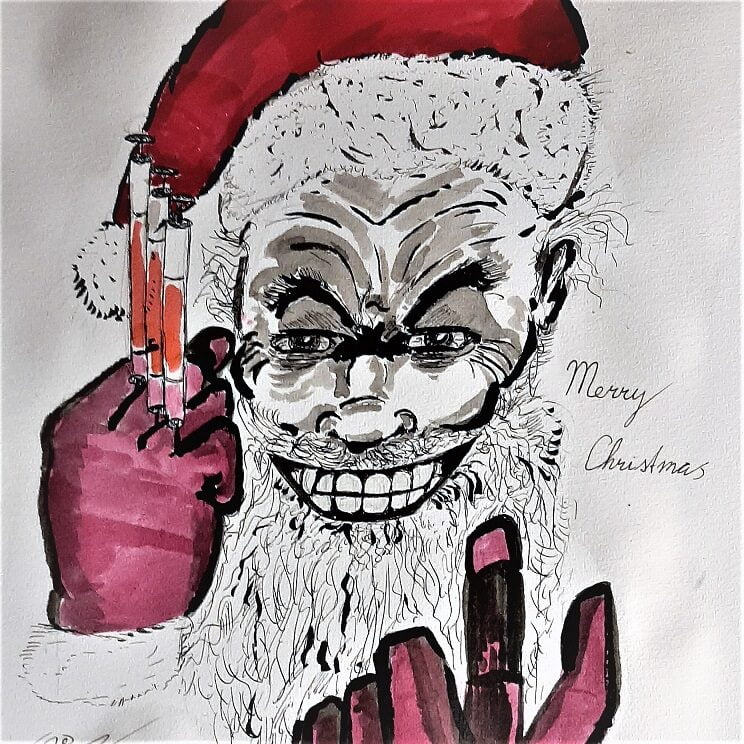
In an interview, Armenak Tokmajyan provides an update on the situation in southern Syria, a place of perpetual instability.
Armenak Tokmajyan is the El Erian fellow at the Malcolm H. Kerr Carnegie Middle East Center in Beirut. His research focuses on borders and conflict, Syrian refugees, and state-society relations in Syria. He is the author, most recently, of a Carnegie paper with Kheder Khaddour, titled “Border Nation: The Reshaping of the Syrian-Turkish Borderlands.” Diwan interviewed Tokmajyan in late September to discuss the developing situation in southern Syria, a region that he has been following very closely. His most recent contribution to Diwan was an article on the situation in Suwayda, titled “Making the Druze Choose.”
Michael Young: Can you give us a broad overview of the situation in southern Syria today?
Armenak Tokmajyan: There is great instability in southern Syria, both in Daraa and Suwayda Governorates. This instability is likely to continue, and is the result of continuous power competition between various local and regional actors, each with diverging interests. The Syrian regime, though weak, remains one of the more influential actors. In Daraa, it continues to wage a low-intensity war against its former opponents, eliminating some and incorporating others, while also taking casualties, especially in the form of assassinations. In the neighboring governorate of Suwadya, where lawlessness rules supreme as well, we have recently witnessed the defeat of some local militias associated with the regime and a reshuffle in the powerful Military Intelligence Directorate, the regime’s main instrument of authority in Suwayda. This represents tacit admission of mismanagement by Damascus. But the hope of meaningful change in the Druze region is slim.
On top of all this, regional actors also compete for influence in the region. The Israelis closely monitor the south for any activity by Iran or its proxies. There is little credible data on Iranian activity in the south. While the Iranians may have increased their presence, thus far they seem to have refrained from building up their offensive capabilities. This would not only imply crossing an Israeli red line, thereby inviting airstrikes, but it would also violate part of the Russian-brokered deal that brought the regime back to the south in 2018. Russia itself maintains a limited presence in Daraa, and its involvement in Suwayda seems restricted to resolving disputes. But by remaining committed to the south, Moscow continues to be part of the regional equation, which revolves around Israel, Iran, and the latter’s presence in the south.
If all these complexities were not enough, in the past few years criminal networks have increased their activities in the region, adding yet another layer of entanglement. This involves the smuggling of drugs into Jordan and, beyond that, into the Gulf states. According to repeated Jordanian complaints, these networks are active along Jordan’s entire border with Syria. In short, southern Syria is destined to remain unstable for the foreseeable future.
MY: Given the Ukraine war, is Russia still a major actor in Syria? If so, how?
AT: The circumstances of the Ukraine war have negatively influenced Russia’s dominant role in Syria, though it remains a pivotal player, holding many keys. Russia’s involvement has increased power competition on the Syrian battlefield. Especially in the first months of the Ukraine war, Iran attempted to exploit the situation and expand its military influence in the south. Israel has since increased the intensity of its airstrikes, targeting not only Iranian interests but key regime infrastructures such as the Aleppo and Damascus international airports. By doing so, it has violated a clear Russian red line. Russia has also lost its unique position as an international power with access to and influence over all local, regional, and international conflicting parties. This had given Moscow an edge both as a mediator and a guarantor of agreements. Today, the schism between Russia and the West has partly stripped Russia of that unique position.
Having said that, we shouldn’t underestimate Russia’s role. It is still present militarily. It can block cross-border humanitarian aid. And there can hardly be any lasting solution to the Syrian conflict without Russia’s approval. Take the situation in the north, for example: All the major issues, from the fate of Hay’at Tahrir al-Sham in Idlib to the Turkish presence to the future of the Kurdish autonomous region cannot be resolved without Russian involvement.
MY: Are Iran and Hezbollah expanding further into southern Syria, and might the situation escalate there?
AT: It is difficult to accurately assess the scale of Iran’s presence in the south. Back in 2018, when Russia brokered a deal that allowed the regime’s return to the region, Israel had put forward clear red lines. One of the most important was that no Iranian or Hezbollah offensive capabilities should be built near the occupied Golan Heights. This red line appears to have been more or less respected by Iran and Hezbollah. Of course, it is hard to know for sure. But the reason why I am more inclined to believe this is for two reasons: First, there is the Russian factor. While the physical presence of Russians in the south is minimal, Moscow’s political role in Syria remains important. Its importance lies in the fact that it is a partner for both Iran and Israel, which gives Russia a degree of leverage over both.
Second, perhaps the more important indicator is Israel’s reaction. Had Iran succeeded in building serious offensive capabilities in southern Syria, we most probably would have seen a fierce Israeli military counterreaction. Thus far, however, Israeli strikes in Daraa and Quneitra have been few and small in scale in comparison to what it has done in other parts of Syria—for example in southern Damascus or Masyaf.
However, all that does not mean that Iran and Hezbollah are not expanding in the south in nonmilitary ways. There are reports of increased Iranian charity and humanitarian activities, infiltration of the army and security forces, the spread of Shiism, the nurturing of smuggling based on the drug trade, which earns resources for Iran, Hezbollah, and local networks. The exact scale of such activities, like Iran’s direct involvement in them, is not very clear, but it surely indicates that Iran still has long-term interests in southern Syria. Thus, while today a major escalation between Iran, Hezbollah, and Israel in southern Syria is unlikely, in the long run this could change. This would be especially true if the Ukraine war further eroded the Russian role and if Iran decided to pursue a more aggressive policy in southern Syria.
MY: What is the greatest threat to the Assad regime in southern Syria today?
AT: I think the biggest enemy of the regime in the south is the regime itself. During the war, the fear was that the uprising, followed by the armed conflict, would midwife a viable alternative to the regime. This did not happen in the south, whether in Suwayda, Daraa, or Quneitra. The local opposition, even in their best days, had no clue about how to replace the regime and its institutions. Because of the war, the opposition was defeated, but the regime also paid a heavy price. It became bankrupt financially and ideologically, and no longer possessed a vision for the state.
Today the regime and its affiliates are dedicated to extracting whatever resources are left in Syria. They are accommodating criminal networks. They are waging a low-intensity war to impose a security order on the population, without being able to provide even basic services—security, stability, or essential needs. The regime still lacks a post-conflict scenario for the south, or indeed for Syria in general. All this is self-destructive, even suicidal. The longer this situation drags out—which is most probably what will happen—it will cease being a wartime phenomenon and become an integral part of what we call the “regime.”





